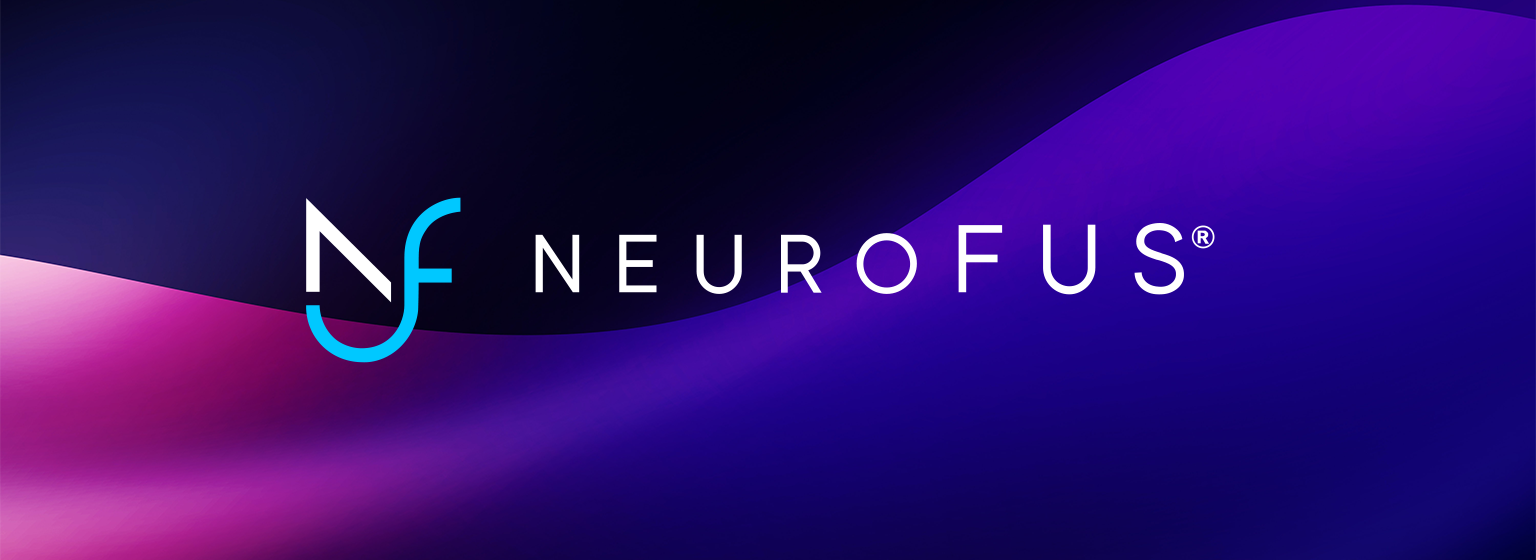Unlocking the Potential of Transcranial Ultrasound Stimulation: Insights into Neuroplasticity and Therapeutic Implications
A recent research paper published in Nature Communications by a team from the University of Oxford explores the neurochemical and functional connectivity effects of theta-burst Transcranial Ultrasound Stimulation (TUS). This specific TUS protocol is known to boost corticospinal excitability. The study involved 24 healthy volunteers and aimed to uncover the mechanisms behind TUS-induced neuroplasticity in deep cortical regions.
The study’s key findings reveal insights into the neurochemical basis of TUS effects. By measuring gamma-aminobutyric acid (GABA), a major inhibitory neurotransmitter, the researchers noted a selective decrease in GABA levels in the posterior cingulate cortex (PCC) after theta-burst TUS. The PCC is associated with self-awareness, memory, and attention. This reduction in GABA implies a shift in the balance between excitation and inhibition, potentially contributing to observed changes in brain activity induced by TUS.
Additionally, the study explored functional connectivity changes before and after TUS. Notably, both the PCC and dorsal anterior cingulate cortex (dACC), linked to emotion and decision-making, exhibited increased functional connectivity post-TUS. This heightened connectivity suggests that TUS may facilitate communication and coordination between these distinct brain regions.
These findings carry significant implications for potential therapeutic applications of TUS in mental health conditions. The observed decrease in GABAergic inhibition and enhanced functional connectivity may be beneficial in disorders characterized by neural hyperactivity or dysregulation. TUS shows promise in treating conditions such as anxiety, depression, and addiction.
